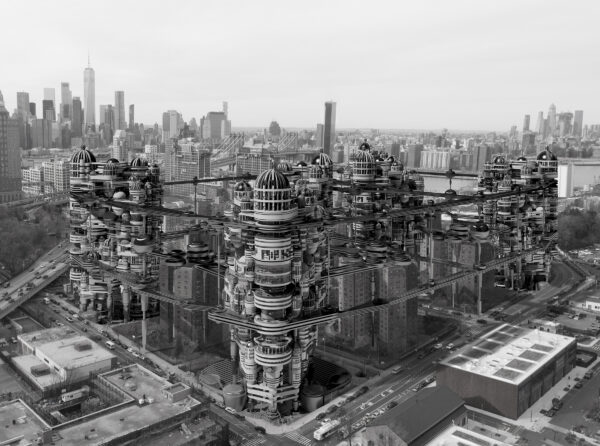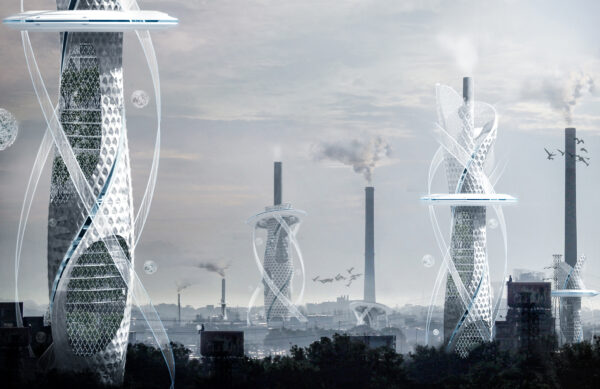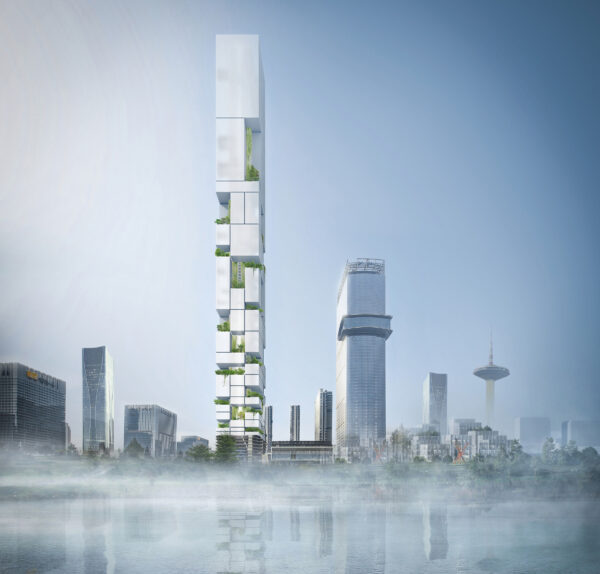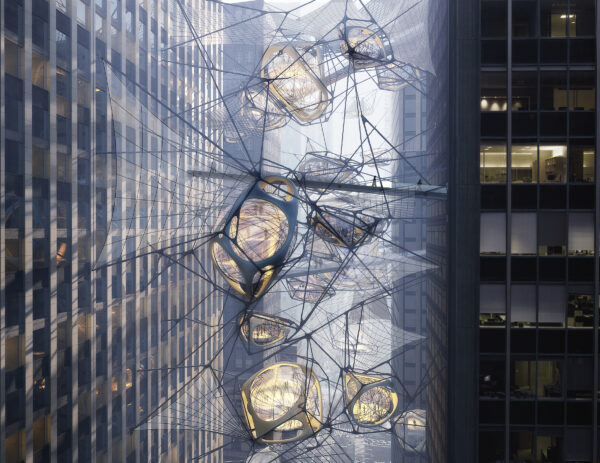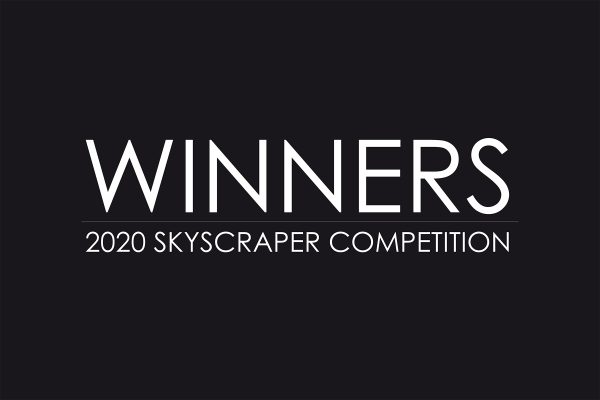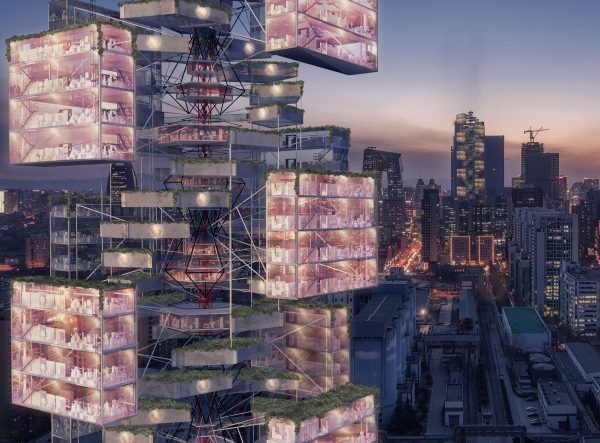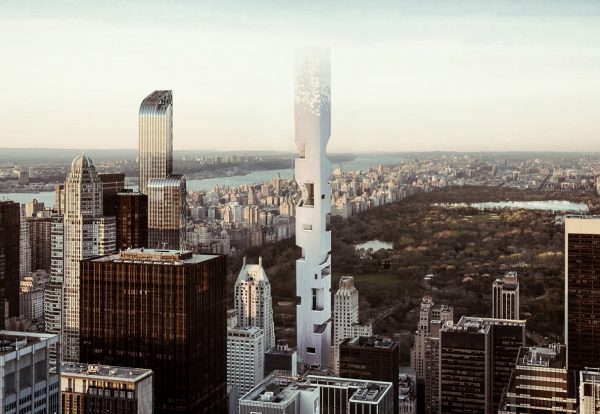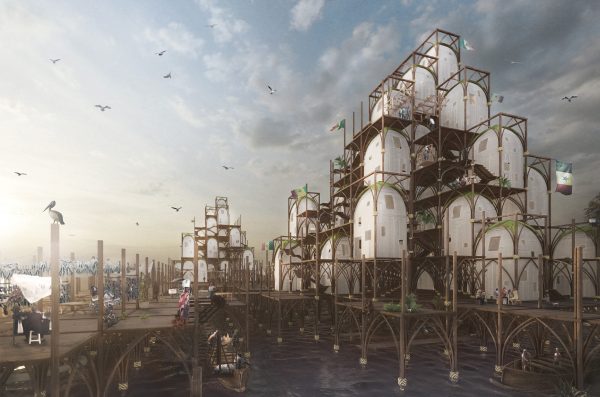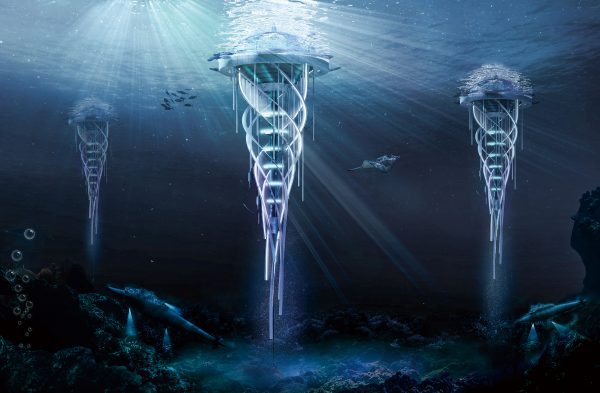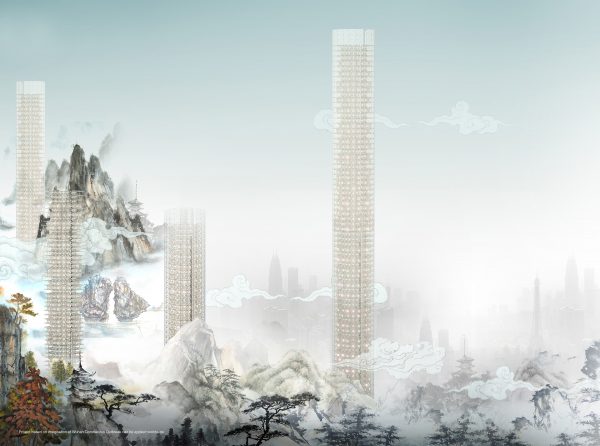Honorable Mention
2021 Skyscraper Competition
Seyed Shervin Hashemi
United States
Debilitation in aspects of the built environment is one of the fundamental consequences of the pandemic.
Time Machine initiates a novel approach to constructing objects with spatial properties, one that integrates the construction’s technical solutions along with an aesthetic solicitude with composition, enforced to immerse functionality as an emergent property of both. Objects are to exist not merely to express the aesthetic of the artist’s perception but also to implement a comprehensive interpretation of the material, composition, and form manifested and entangled within the idea of multifunctionality. The object is to be operated as a whole with an infinite scale in multiple directions: Infinite in size, infinite in combination, infinite in detail, and infinite in function.
We are continually accelerating to a universe with more possible states, generating all sorts of intriguing implications. Pandemic nudged our visions to a new experience of the futuristic life with its compulsory dynamism, its needs to the immaculate affordance of the built environment, and its rare and disorientating qualities of space and time. Time Machine is an embodiment of our progressing society’s social state, calling for an objective critique of modern objects with an insight into their capacities to boost performance followed by the technical description of aesthetic. Read the rest of this entry »

